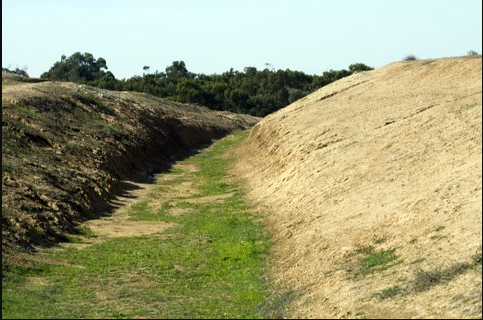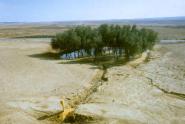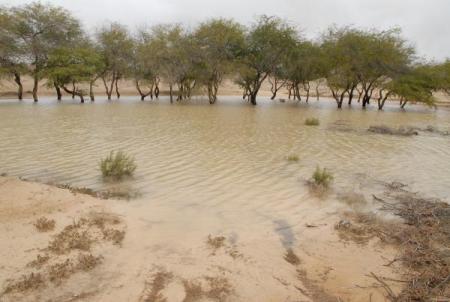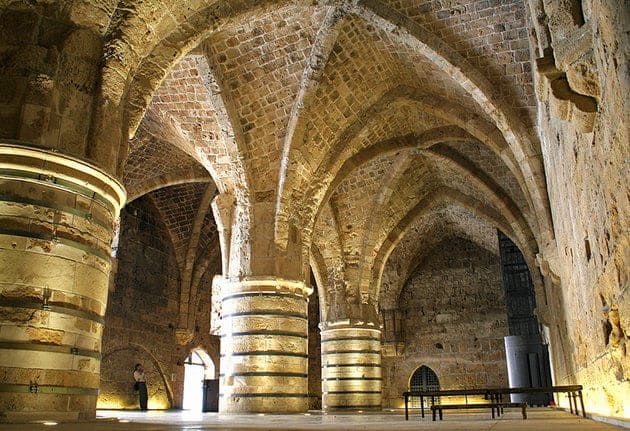40% of the world’s land mass is defined as arid or semi-arid. One third of the world’s population is coping with the challenges of life in these regions. The processes of desertification, which are caused by climate change and human conduct, are arousing a great deal of concern among experts.
Israel is an arid country, with the Negev desert covering two thirds of its area, so these issues are very relevant in the State of Israel. Due to desertification processes in vast areas of the world, more and more countries are contending with similar challenges, so the knowledge amassed by Israeli researchers could very well assist the entire world.
Israel has developed advanced techniques based on the ancient agricultural methods of the Nabateans, ancient residents of the Negev, for harvesting floodwater and combating the processes of desertification. Pooling water with liman1 inlets and rows of ridges enables the directing of the sparse rainwater and concentrating it in limited areas. Forests can be grown this way in areas where the annual rainfall is less than 200 millimeters.

Overflow channel next to the liman. Photo: KKL-JNF Photo Archive
The best scientists in Israel joined forces to create the specialized infrastructure that is so essential for the prosperity of the forests. Israel invests in advanced research and development for dealing with the challenges of afforestation in arid regions and in developing tree species that are resilient to aridity and prolonged drought.
Yitzhak Moshe, the Deputy Director of the Southern Region for KKL-JNF, describes the extraordinary forests in the Negev: “They are different than other forests in the world, in density and in the complex of trees. They have from five trees per dunam to a few dozen, whereas dense forests elsewhere can have up to hundreds or even thousands of trees per dunam.”
Loess soil, which is typical to the Negev, becomes impermeable when rain falls directly on the ground. As a result, extreme rainfall events generate violent flooding. The water gets wasted and causes erosion and damage to residential areas and to infrastructure.


Photos: KKL-JNF Photo Archive
Ultimately, forests play an important part in soil preservation and in damage prevention. Various research studies indicate that floodwater rarely leaves a forest, especially due to the cover of the trees. The water is caught in the foliage, which reduces the runoff significantly. When the ground is covered with vegetation, water seeps into it much better. The water improves the soil quality, thickens the vegetation, penetrates the groundwater, reduces the loss of organic material and prevents damage caused by flooding and erosion.
- A liman is an earthwork that collects floodwater by means of a dam in a gully or riverbed. Trees are planted in the flooded area of the dam. An overflow channel regulates the level of water accumulated and allows the excess to escape.





